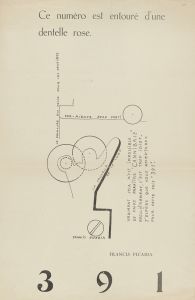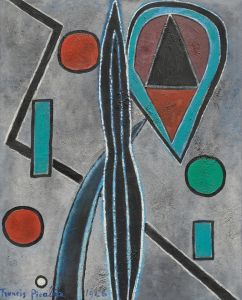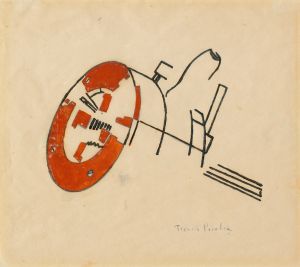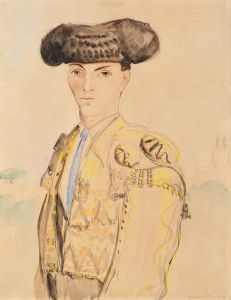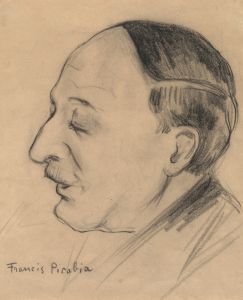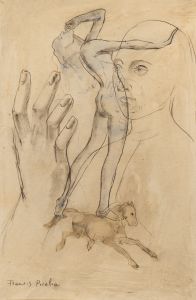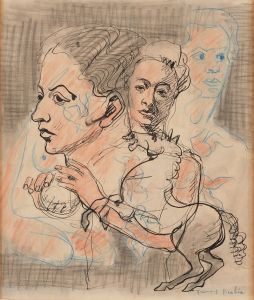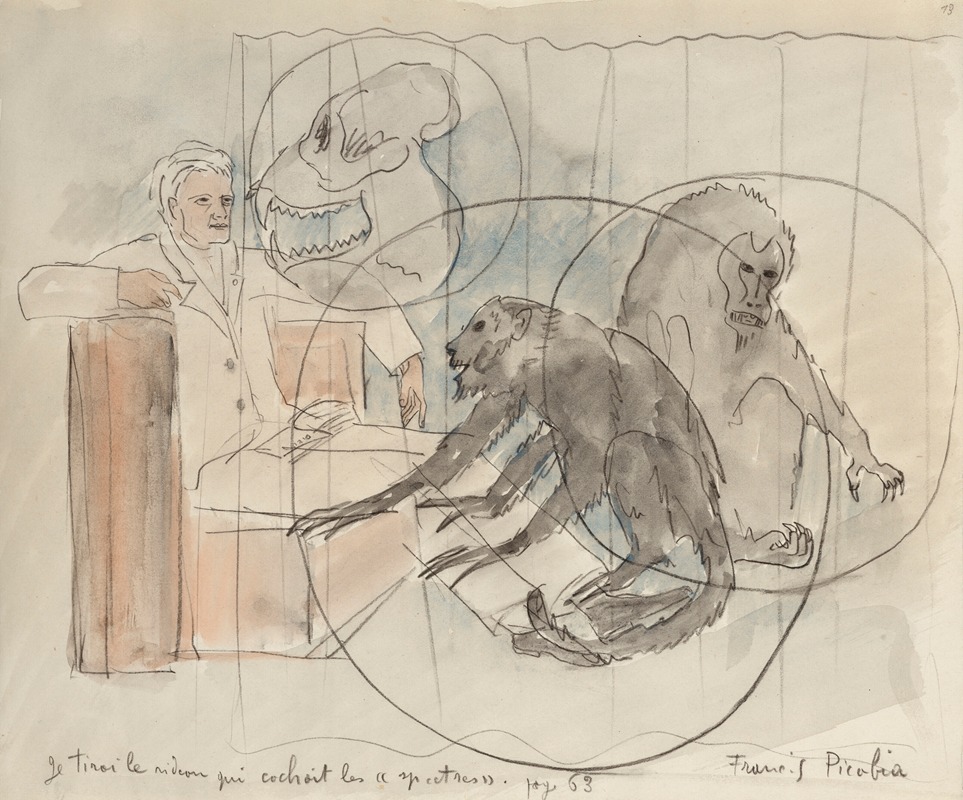
Je tirai le rideau qui cachait les ‘spectres’
A hand-painted replica of Francis Picabia’s masterpiece Je tirai le rideau qui cachait les ‘spectres’, meticulously crafted by professional artists to capture the true essence of the original. Each piece is created with museum-quality canvas and rare mineral pigments, carefully painted by experienced artists with delicate brushstrokes and rich, layered colors to perfectly recreate the texture of the original artwork. Unlike machine-printed reproductions, this hand-painted version brings the painting to life, infused with the artist’s emotions and skill in every stroke. Whether for personal collection or home decoration, it instantly elevates the artistic atmosphere of any space.
Francis Picabia was a French avant-garde painter, poet, and typographist, associated with a variety of art movements including Impressionism, Cubism, Dada, and Surrealism. One of his notable works is "Je tirai le rideau qui cachait les ‘spectres’," which translates to "I will pull the curtain that was hiding the 'spectres'." This painting is a part of Picabia's exploration of themes that challenge traditional perceptions of art and reality.
Picabia was known for his radical approach to art, often incorporating elements of irony and contradiction. His work during the Dada movement, in particular, was characterized by a rejection of conventional aesthetics and a penchant for absurdity. "Je tirai le rideau qui cachait les ‘spectres’" fits within this context, as it reflects Picabia's interest in the unseen and the mysterious aspects of existence, which he often expressed through abstract and symbolic imagery.
The painting itself is emblematic of Picabia's style during the period when he was deeply involved with the Dada movement. Dada was an avant-garde movement that emerged in the early 20th century as a reaction to the horrors of World War I. It was marked by its disdain for traditional art values and its embrace of chaos and irrationality. Picabia, along with other Dadaists, sought to disrupt the status quo and provoke thought through art that defied easy interpretation.
"Je tirai le rideau qui cachait les ‘spectres’" can be seen as a metaphorical statement about revealing hidden truths or confronting the unknown. The use of the word 'spectres' suggests themes of haunting or the presence of unseen forces, which are common motifs in surreal and abstract art. Picabia's work often played with such themes, inviting viewers to question their perceptions and explore the deeper meanings behind the visible world.
Throughout his career, Picabia was known for his eclectic style and his ability to adapt to various artistic movements. His work was not confined to a single style or medium, and he often experimented with different forms and techniques. This versatility is evident in "Je tirai le rideau qui cachait les ‘spectres’," which combines elements of abstraction with a conceptual approach to art-making.
The painting is also reflective of Picabia's broader philosophical views on art and life. He believed in the fluidity of meaning and the importance of personal interpretation, often leaving his works open-ended and ambiguous. This approach encouraged viewers to engage with the art on a personal level, finding their own meanings and connections.
In summary, "Je tirai le rideau qui cachait les ‘spectres’" is a work that encapsulates Francis Picabia's innovative spirit and his commitment to challenging artistic norms. Through its abstract and symbolic elements, the painting invites contemplation and introspection, embodying the Dadaist ethos of questioning reality and embracing the unknown.





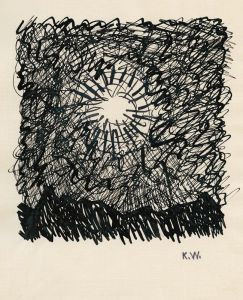
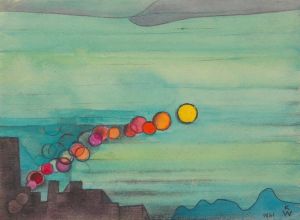
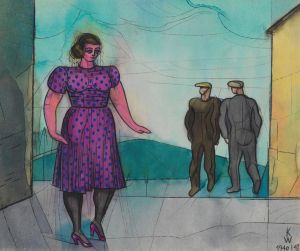
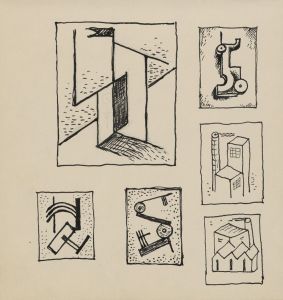
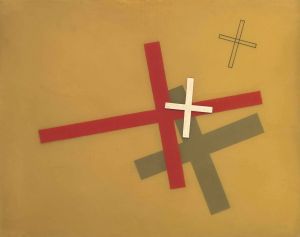
![Design drawings for Club Gallant project, New York, NY.] [Study for Club Gallant exterior](/imgs/249273/s/winold-reiss-design-drawings-for-club-gallant-project-new-york-ny-study-for-club-gallant-exterior-822ea339.jpg)
